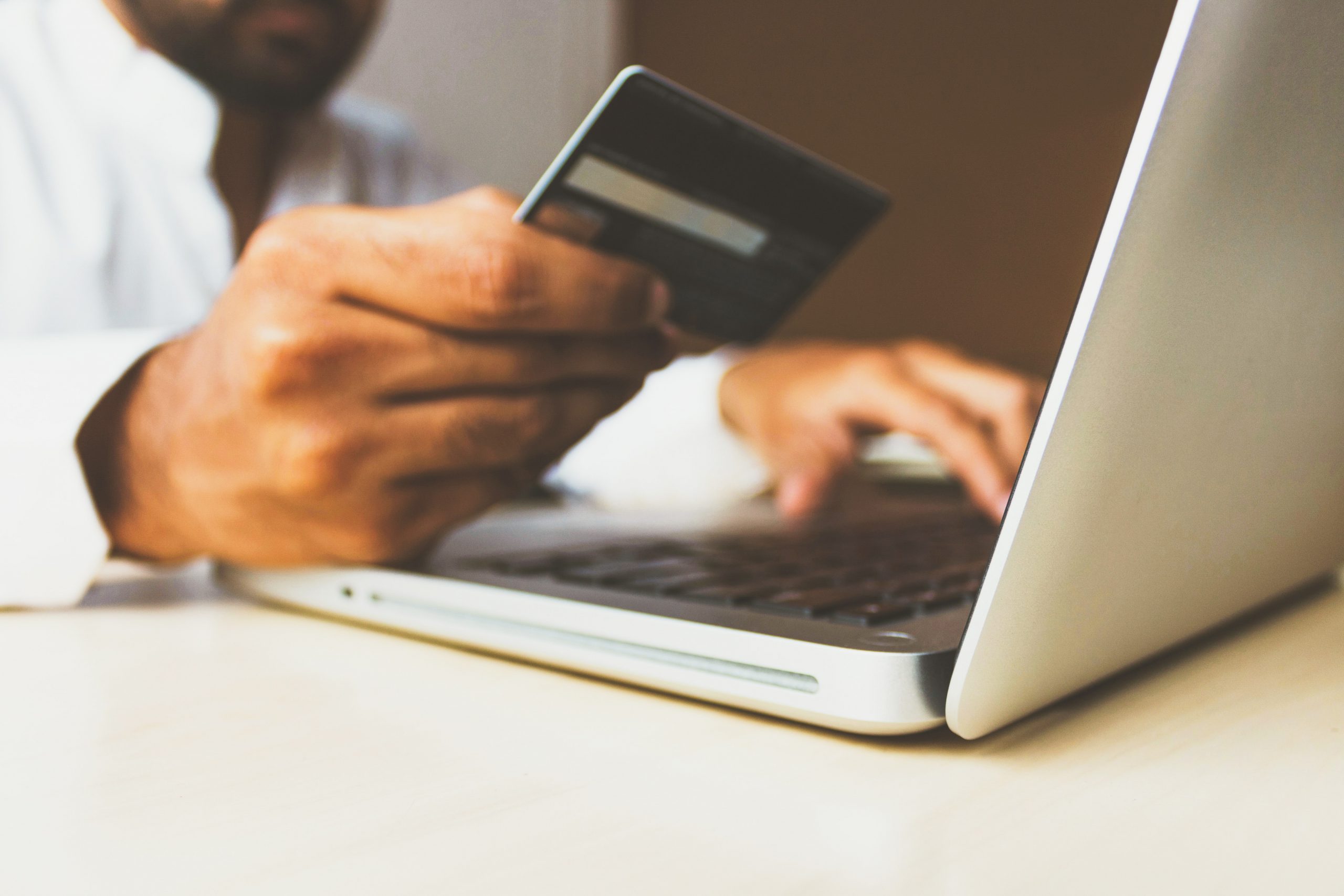As a business owner, how familiar are you with the idea of a sales funnel?
Essentially, the simplest way to understand a sales funnel is to see it as the series of steps a consumer takes to become your customer.
There truly are many things that must happen between a prospect becoming aware of your business to the moment they take action and purchase from you.
However, keeping the idea of a sales funnel in mind will help keep your company’s marketing strategy on track. In addition, that focus can help prevent missed opportunities for customer conversion.
About 68 percent of companies have not identified or attempted to measure their sales funnel. Don’t be one of those businesses.
The following is a breakdown of the four stages of a traditional sales funnel.
Stage 1: Awareness
This stage is about capturing a consumer’s attention. This can happen through a tweet, popping up on a Google search results page and more.
Prospects learn of your business and what you have to offer.
Of course, it’s wonderful when a consumer in this stage jumps to purchase immediately, and this can happen if it’s the right time for that consumer.
However, it’s best to consider this stage of your sales funnel as a courtship. You still want to woo your prospect to return to your website and engage more with your business to build more interest.
This can happen by capturing your prospects’ contact information through email newsletter signups, ebook downloads, online quizzes and more.
Stage 2: Interest
This stage of your sales funnel involves prospects doing research, comparison shopping and so on.
You’ll be tempted to sell to them at this point, but it’s not necessarily the best time to do so for most. There’s a risk of running off your prospects who simply aren’t ready yet. Instead, focus on offering great content that can help them in their research.
The goal is to establish yourself as the expert and build a relationship with consumers as a trusted source.
Of course, an effective method to use at this point is an onboarding email series that focuses on education for recipients.
About 95 percent of consumers choose a vendor who provides them with sufficient content that helps them navigate each stage of the buying process.
Stage 3: Decision
This stage of the sales funnel is when consumers are ready to buy. At this point, they could be weighing a few different options that potentially include you.
Now is the time to make your best offer, whether that includes free shipping, a discount code or a bonus product. It just needs to be irresistible to your lead, winning them over to your company.
Be sure that you limit yourself to one offer, though. Putting multiple offers on your web page can decrease conversions by up to 266 percent.
You’ll also want to highlight past customer reviews and testimonials to make the point that you are the best possible choice a prospect can make.
Stage 4: Action
This last stage of the sales funnel is when the consumer acts and purchases your product or service.
Of course, this isn’t the end of the road for you and the new customer. It’s on you to earn that customer’s business again and again, aka customer retention.
Be sure to thank your customers for their business, encourage customer feedback and keep that relationship going in whatever way makes sense for your company (could be available tech support or follow-ups, etc.).
As leads move through the stages, your sales funnel (typically depicted as an upside-down pyramid) narrows. This is because not every lead will automatically convert into a customer no matter what you do. It’s a game of percentages, but the more you can focus on your first two stages, the more leads you’ll ultimately guide into the final stages and then into a paying customer.
Remember that your ultimate goal for your sales funnel is to solve your customer’s problem. Keep that in mind through all four stages, and you’ll ultimately increase your overall customer conversion rate and more sales.

